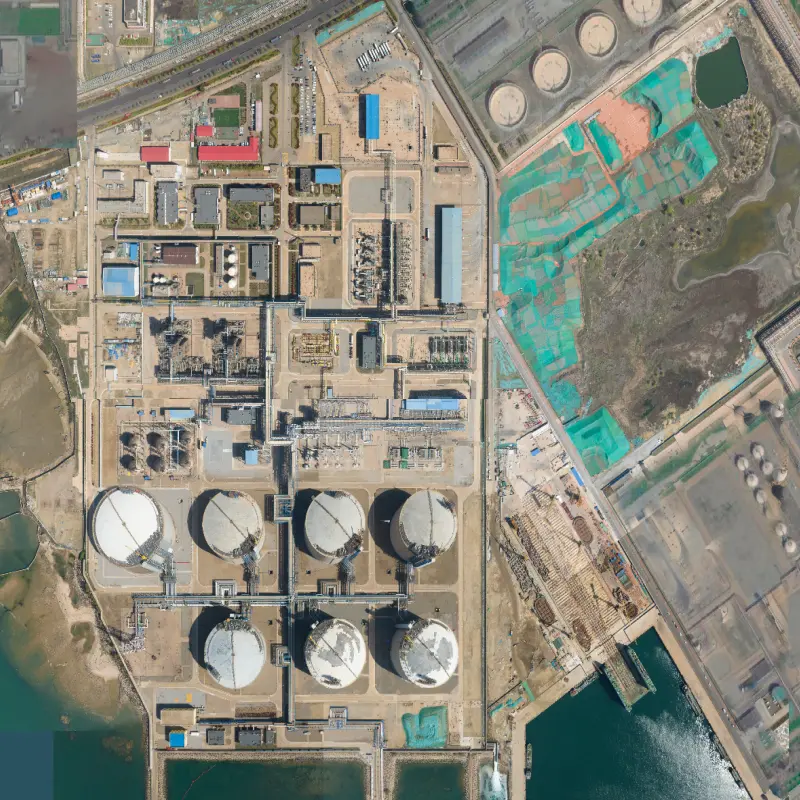LNG Cold Energy Recovery ASU

LNG Cold Energy Recovery ASU
Principle of Cascading Cold Energy Utilization
Matching LNG cold energy to demand scenarios by temperature gradients:
a.Ultra-low temperature zone (-160°C~-100°C)
Air separation, superconducting material production
b.Mid-low temperature zone (-100°C~-50°C)
Cold storage, dry ice manufacturing
c.Low-temperature residual cold (-50°C~0°C)
Cryogenic power generation, district cooling
Case Study – Cold Energy Air Separation System
Project Background
A coastal LNG terminal (3 million tons/year capacity) integrated a cold energy air separation unit for synergistic energy utilization.
Technical Solution
1. Cold Energy Transfer
LNG exchanges heat with the air separation unit’s liquid nitrogen circulation system via vaporizers, achieving >75% cold energy transfer efficiency.
2. Air Separation Process
– Compress air to 0.6MPa and pre cool to -170°C
– Replace conventional refrigeration with LNG cold energy
– Distillation towers produce liquid oxygen (99.6%) and liquid nitrogen (99.999%)
3. Energy Efficiency Comparison
Economic Benefits
– Annual power savings: 120 million kWh
– CO₂ reduction: 86,000 tons/year
– New revenue from liquid O₂/N₂: ¥180 million/year
4. Technical Advantages
1. Energy Integration: Couples cold energy recovery with air separation for self-sufficient LNG terminal operations
2. Scalability: Modular design supports 50,000-500,000 tons/year processing capacity
3. Smart Control: DCS system enables real-time cold energy allocation optimization
5. Application Scenarios
– LNG terminal cold energy parks
– Air separation plants for steel/chemical industries
– Cold-electricity co-generation in logistics hubs

